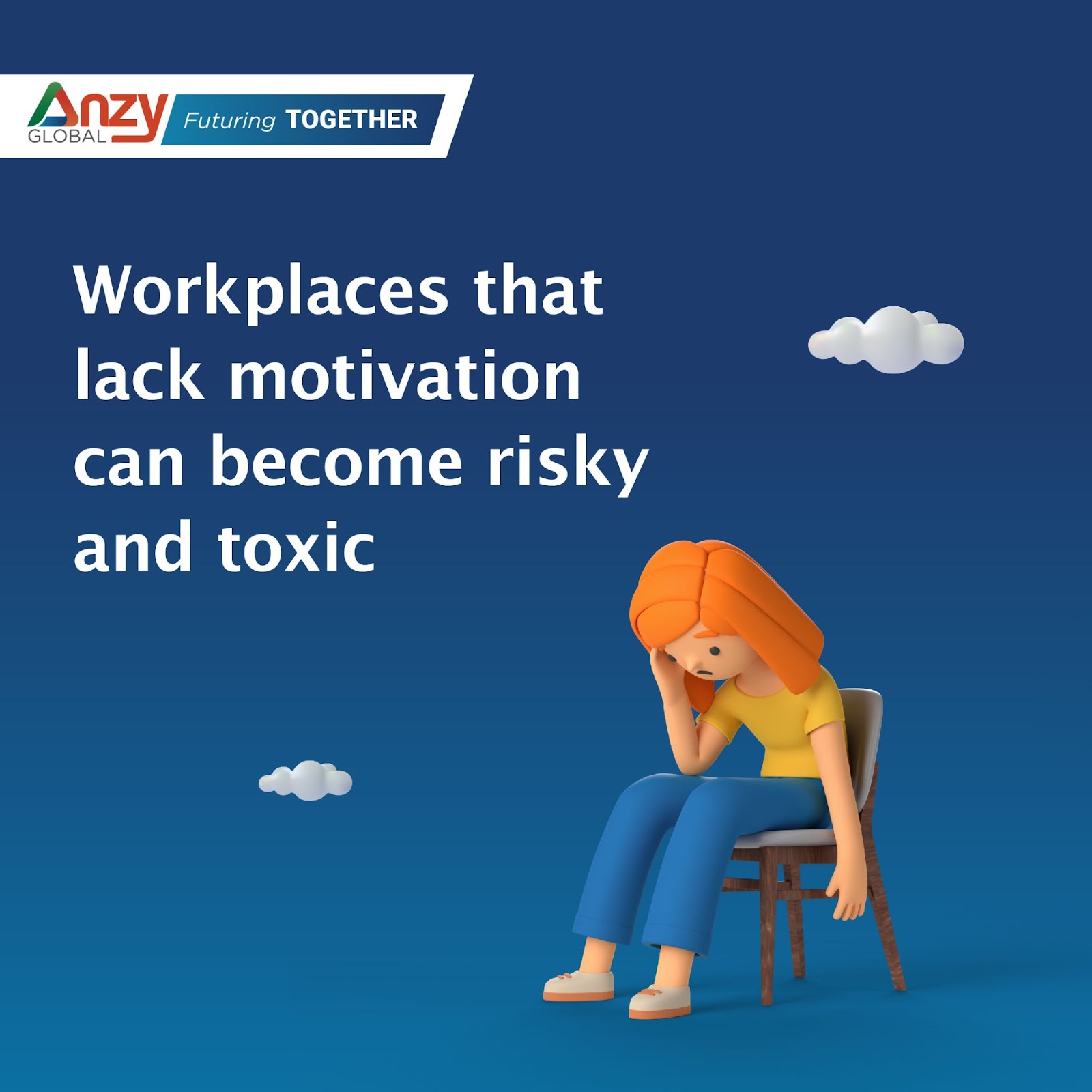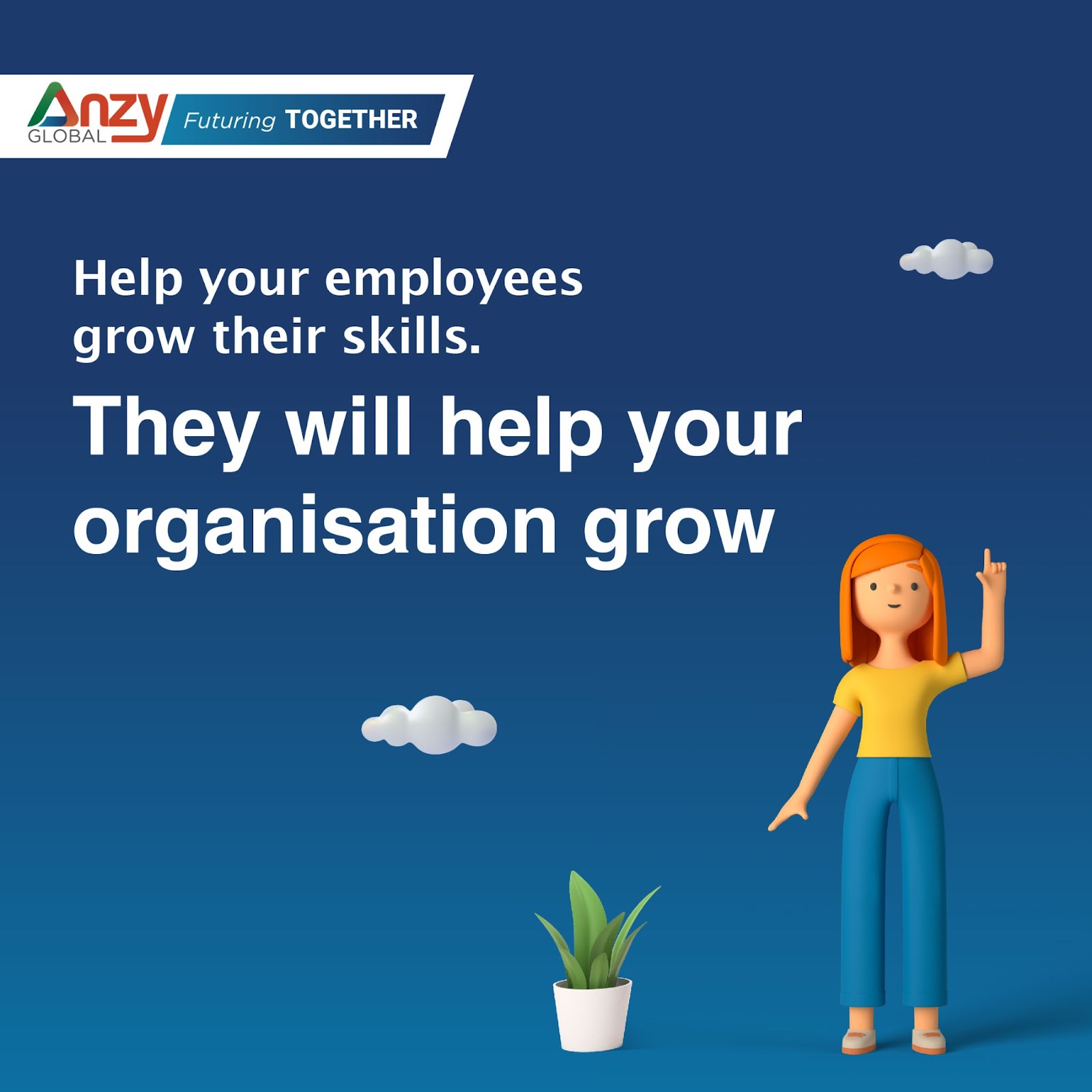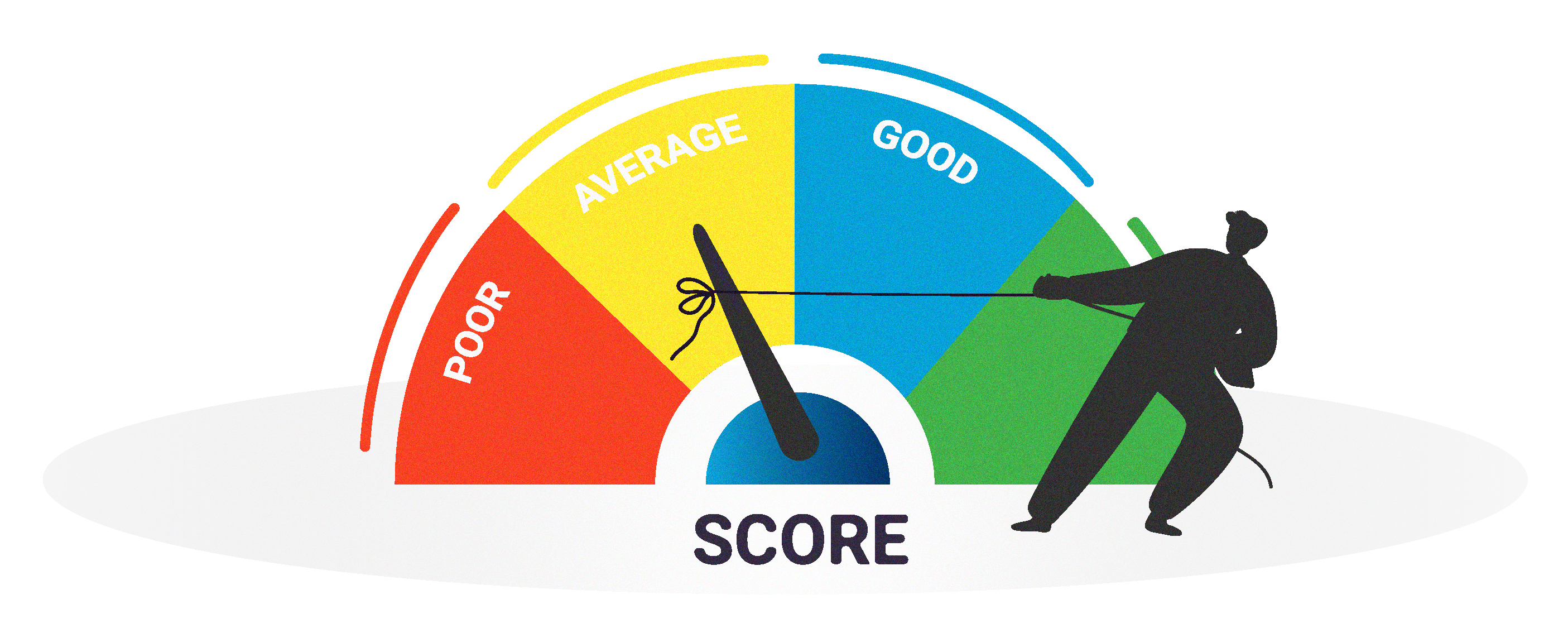The Relation Between Motivation and Productivity
Organisations around the world are making drastic changes to their workplaces from adding beer fridges to gaming consoles and even increasing the number of days for the weekend. These efforts and special privileges are being provided for one purpose – Boosting employee motivation.

Amid the mass resignation and layoffs, organisations are trying their best to keep their employee’s morale high or they could lose them to lateral hiring. Keeping the morale high and expecting employees to be loyal is just one part of the plan. These perks are also being provided so that employees offer their peak productivity.
Countless studies across the world have brought forth key aspects that impact an employee’s productivity at a workplace. The one aspect which happens to have a direct impact is -Motivation.
What Connects Motivation and Productivity?
Most researchers believe that there is a positive relationship between motivation and productivity. That is, as motivation rises productivity increases too – a direct cause and effect relationship.
Importance Of Employee Motivation
Think of motivation as the fuel that drives the vehicle of productivity. The more fuel a vehicle gets, the better it performs. Numerous reasons make employee motivation important for an organisation.
– It allows the management to meet an organisation’s goals
– Output and innovation will be higher
– Employees stay with the organisation for longer
Workplaces that lack motivation can become risky and toxic. This can ruin your organisation’s market equity and cause further irreparable damage.
How To Boost Employee Motivation
Offsites, monetary compensation, gifts, et al. are very common these days, to stand out, you can try our pieces of advice mentioned below.
Improve communication
The gap between management and employees is quite common and lethal. It is due to this gap that miscommunication, toxicity, favouritism etc. breed and wreak havoc. Bridging this gap can help your company go a long way. You can hear about the problems before they become a nuisance for your company.

An employee meeting of 15-30 minutes once or twice a week will show you a difference. You can also join your employees during their lunch or coffee breaks. These small things will make your employees feel and even appreciate your presence. They will also start seeing you not as an employer but as a leader.
Many of these meetings will also give you a new perspective on the functions and operational procedures of your company.
Celebrate individual contributions
To achieve every goal employees sometimes give more than just time and expertise. They go beyond their abilities and scope of work. Celebrating such efforts and achievements is also a great way to set an example and motivate your employees.
Remember, celebrating your employee’s achievements means more than just fun and party for them, it also helps them understand how much their efforts count in the growth of their organisation.
Once rewarded, employees will get more engaged in their work and provide better output. It’s not necessary to celebrate the achievements with a gift or an award, at times, a simple thank you or good job can get the job done too.
Minimise organisational politics
A toxic politicised environment often becomes the root cause of decline for most organisations. It has been accepted as normal across the globe. Many organisations even have managers getting involved in petty office politics. Their sole purpose in doing this revolves around advancing their status.
It’s not bad to have political skills but a highly political environment can interfere with your long-term visions. As such environments require one to maintain a clean image and gain external approval.
Office politics can also become a key demotivating factor for your hard-working employees. Team members who take their work seriously and do not engage in such politics are often pushed to the back of the lines when it comes to promotions or receiving credit.
The best way to chop-off office politics from the roots is by engaging in conversations from multiple channels, analysing all the information, confirming the information and then acting upon it as deemed necessary.
Share the big picture
Apart from succeeding themselves, employees also want their companies to succeed. However, if they are unaware of your idea of success any small achievement will be regarded and celebrated as a success. Share your plans and goals with your team and help them understand how they can contribute towards them.
Provide clarity and transparency
Transparency and clarity are other key aspects that affect motivation and productivity indirectly. Avoiding ambiguity and providing the right information to employees can be a great way to build trust which will further motivate them to work sincerely for your company.
Benefits of employee motivation
Improved employee efficiency and productivity
As mentioned earlier, when employees are motivated towards their work they perform better. Employees use the best of their abilities and expertise when they are willing to take on tasks. However, it is the employer’s responsibility to strike the balance between the ability to perform tasks and the desire to perform tasks.
Increased employee commitment & longevity
Motivated employees are highly committed to their jobs. They ensure that every task is completed to perfection while matching the deadlines or achieving targets. Motivation also works in the favour of inspiring loyalty in the employees. Loyal employees are known to work with the same employers, at times for decades.
Improved employee satisfaction
Every business should prioritise employee satisfaction as it can lead to significant business growth. The added benefit of employee satisfaction is the word-of-mouth publicity along with a much stronger employer branding, as global companies boast about their employee stat scores on their websites and even job portals. These two aspects can also increase your market equity.
Ongoing employee development
A lot of companies around the world are helping their employees upgrade their skills and expertise. While this does give them the advantage of getting a more knowledgeable workforce, it also motivates the employees. Moreover, it keeps the workflow active.

Conclusion
In these testing times where predicting the next twist in the market is highly unlikely, relying on methods that boost the productivity of your employees can be your best bet. However, boosting productivity in isolation can be an expensive mechanism. Therefore, establishing a motivation-driven strategy for increasing productivity can make things a lot easier for you.




